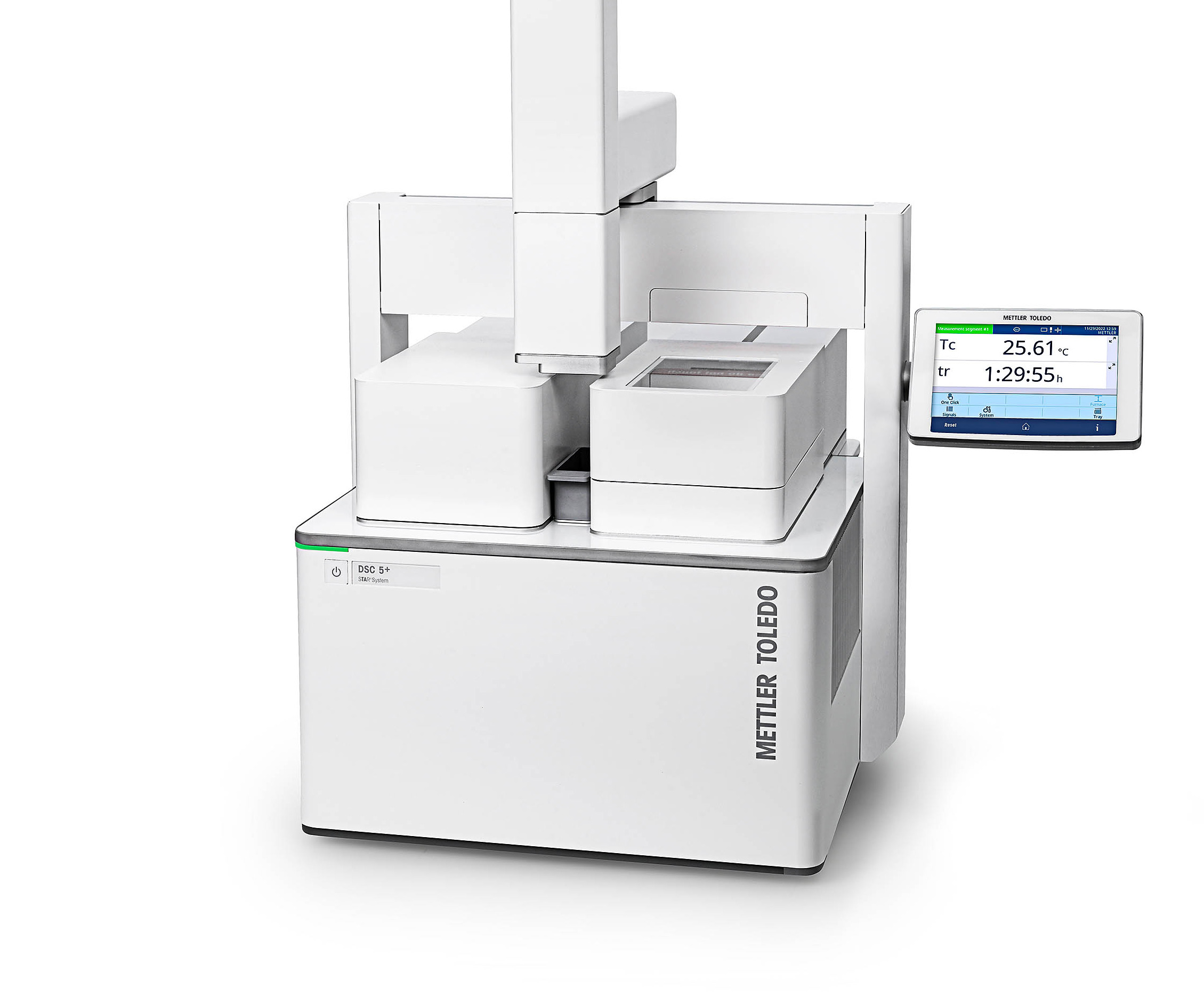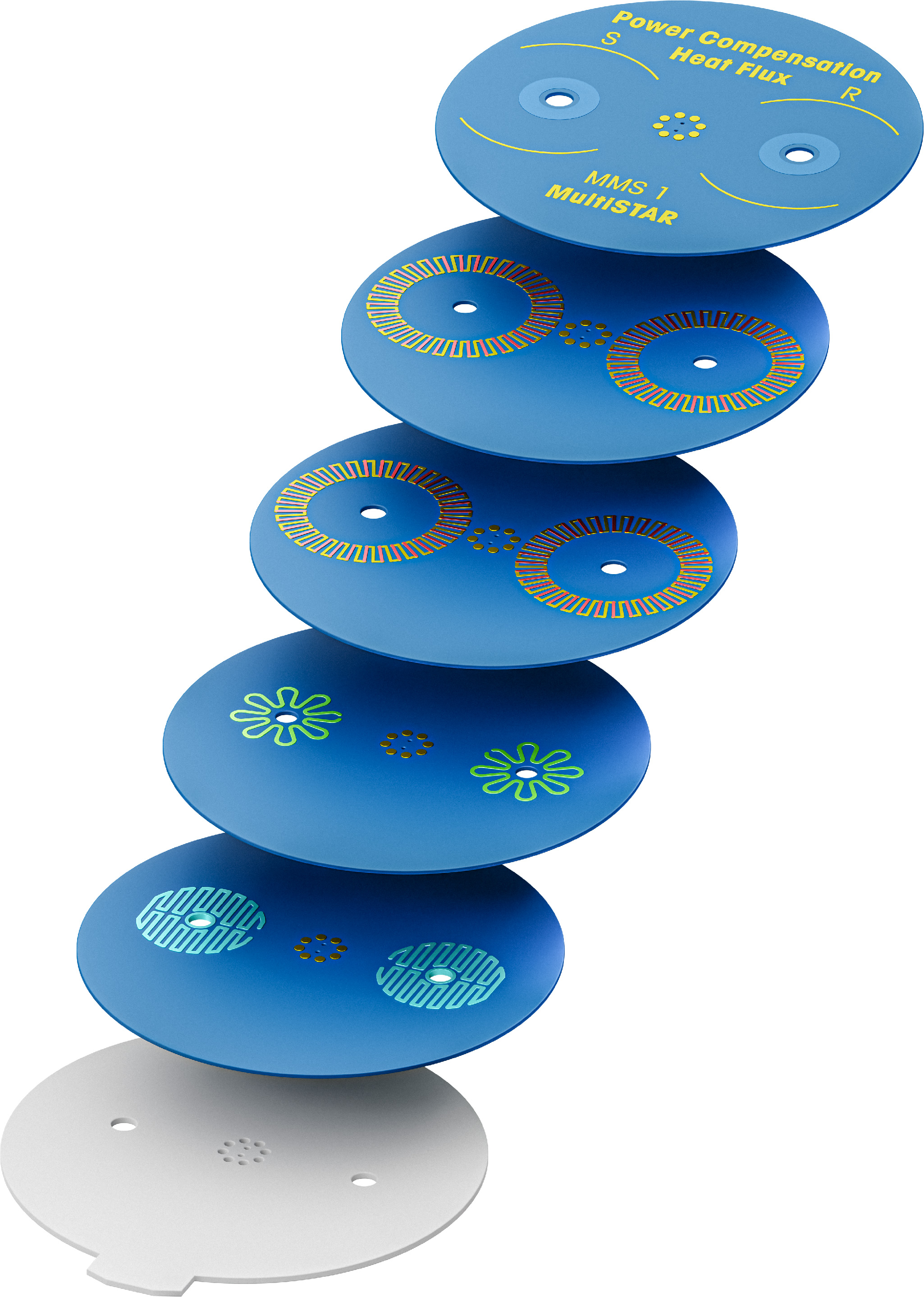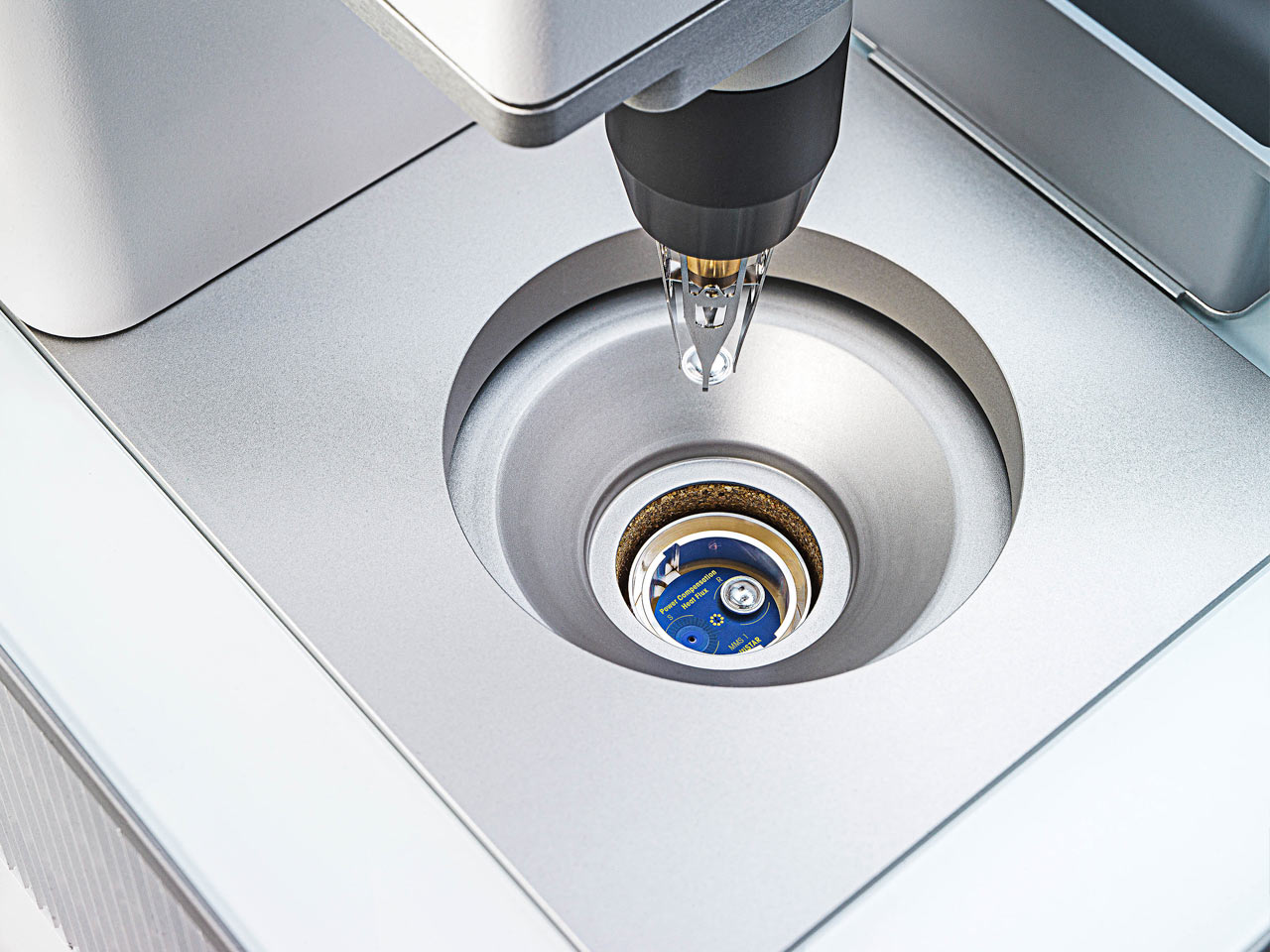The EvalMacro functionality in the S
TAR
e software lets you predefine limits for consistent curve evaluation of known samples, regardless of the operator. You can also define an automatic Pass/Fail assessment to confirm whether result sare within specification. In addition, Quality Control is a useful option that allows users to automatically track product quality, compare curves and store results in material-specific tables. Statistics are displayed for each table, allowing any deviations to be tracked over time. Using EvalMacro, the evaluation, Pass/Fail assessment, and data transfer to the statistics table can be fully automated in the method. The data can then be easily exported to Excel.
www.mt.com/ta-evalmacro
www.mt.com/ta-qc


